Multimedia literature pavilion, which will be held at the Novi Sad Fair, from 3 to 13 March, brings us the story of the development of literature in Novi Sad, through a unique exhibition Novi Sad in Books. The International Book Fair will also be a part of the European Capital of Culture programme, and during the ten days of the latter, we will learn about the importance our city has had in the history of European literature with a monograph of the same name Novi Sad in Books, but also get the chance to meet the most-read writers on the local and regional scene. Now, however, we are taking you on a historic journey, by looking back on the interesting facts from the literary life of Novi Sad. You will get to discover why this city of culture is, in fact, a city of books
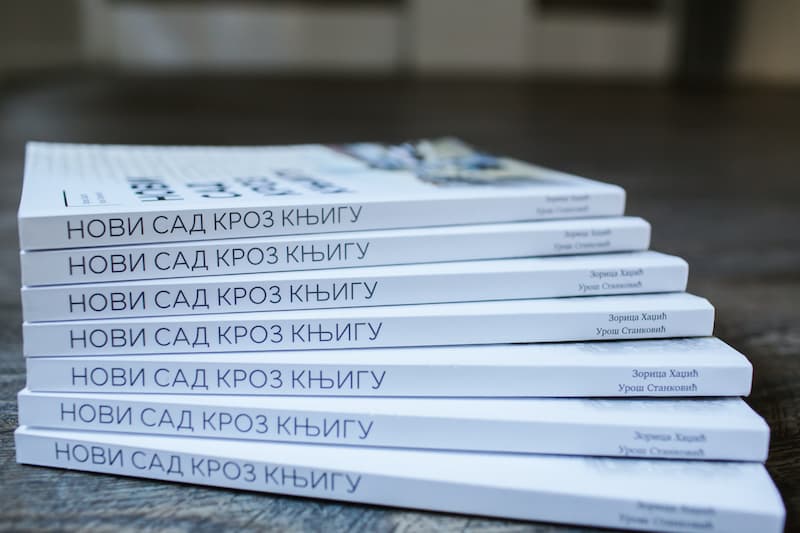
There are few things in the world that can shape human destinies, and even entire nations, that can encourage changes in society and in the understanding of reality, and one of such things are, of course, books. In 1995, UNESCO declared World Book and Copyright Day on 23 April, and the citizens of Novi Sad have been able to buy books in one of the Novi Sad bookstores for more than 230 years. This is not surprising, considering that Novi Sad was a cultural and political centre, which gave impetus and directive to the cultural, educational, political, and economic life of the people who lived in this area. The printing, publishing and book business was highly developed, and it represents invaluable merit in the history of Novi Sad. It is a jewel that adorns the historical heritage of this city, and which can be compared to the most developed book funds of far larger and older European cities. This city was also the centre of the occasional press, because, as Érdujhelyi Menyhért said, ‘the richest, most educated and most independent intellectuals among the Hungarian Serbs live here’.
The Centre of Novi Sad Print
Before the beginning of the First World War, there were as many as 14 printing houses in Novi Sad. That is why it was said that Novi Sad was a small Leipzig because most German books used to be printed in that city. The centre of Novi Sad printing was in Dunavska Street. It was a street of big traders with various ‘grocery’ shops, inns, bookstores, and printing houses.
Extraordinary opuses in the works of some Novi Sad bookstores and publishers are remembered: brothers of M. Popović – Kirilo Ćira Popović (1839-1912) and Đorđe Đoka Popović (1846-1907), Luka Jocić (1839-1926), Arsa Pajević (1841-1905) and Svetozar Ognjanović (1869-1927).
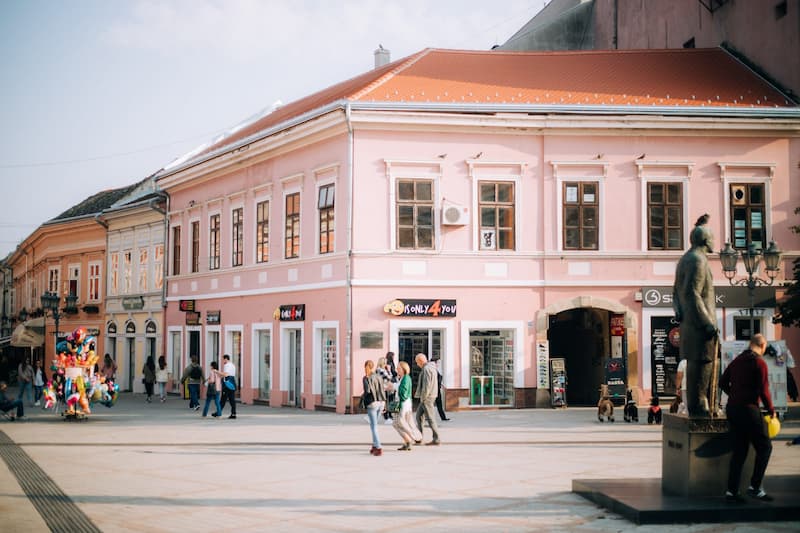
World Literature Available in the First Bookstores in the City
Emanuil Janković opened the first bookstore in Novi Sad on 2 June 1790, in the house Kod belog lava, on the corner of today’s Zmaj Jovina and Dunavska streets. Thus, at the end of the 18th century, his bookstore sold books by the most important writers of world literature: Cervantes, Voltaire, Rousseau, Fenelon, Marmontel, La Fontaine. However, he did not receive permission from the Novi Sad magistrate to open a print shop. In 1791 he died suddenly. Damjan Kaulici from Arad had a bookstore and bookbindery in Dunavska Street, but he quickly left this job due to debts. He is significant because he published the first three volumes of Letopis Matice Srpske. On the site of Kaulici’s bookstore, Ignjat Fuks later opened his bookstore. Fuks’ printing house did not have a national or political character, although later on, Fuks began to take an anti-Miletić stance. His shop was considered, however, a German printing house because of its owner, and also because a German weekly was printed in it. Many Serbian newspapers were also printed in Fuks’ printing house: Danica, Komarac, Seljak, Domišljan, Putnik, Nedeljni list, and for a while, Javor.
The Success of the Bookstore was Difficult to Surpass
In the constellation of famous bookstores and publishers, some enormously good results have been recorded that are difficult to understand even today, regardless of modern technology, modern production, and a higher cultural and educational level of the reading public. Here is one of the examples: from 1875 to 1905, the Novi Sad bookstore of the brothers Kiril and Đorđe Popović published 950 different printed works in over 3 million copies and invested a huge capital of over 200,000 forints for those editions. For this largest bookstore, not only among Serbs in Vojvodina but in general, it was noted that: ‘Their books will be distributed from Constantinople to New York.’ The Popovićs were among the first bookstores in Novi Sad, but also among the entire Serbian people, who published catalogues of their publications and used the services of merchant travellers. The most significant editions of this bookstore are: Pevanija Zmaj Jovana Jovanovića (1882), Sterija’s Tvrdica, or Kir Janja, Pokondirena tikva and Laža i paralaža (1884), Pera Segedinac by Laza Kostića (1887), Vesele pripovetke by Ilija Ognanović Abukazem (1889), Markova sablja by Jovan Đorđević (1900), Običan čovek Branislav Nušić (1902), Njegoš’s Gorski Vijenac (1905), newspaper of the Karlovaci Metropolitanate Srpski sion (1891-1908).
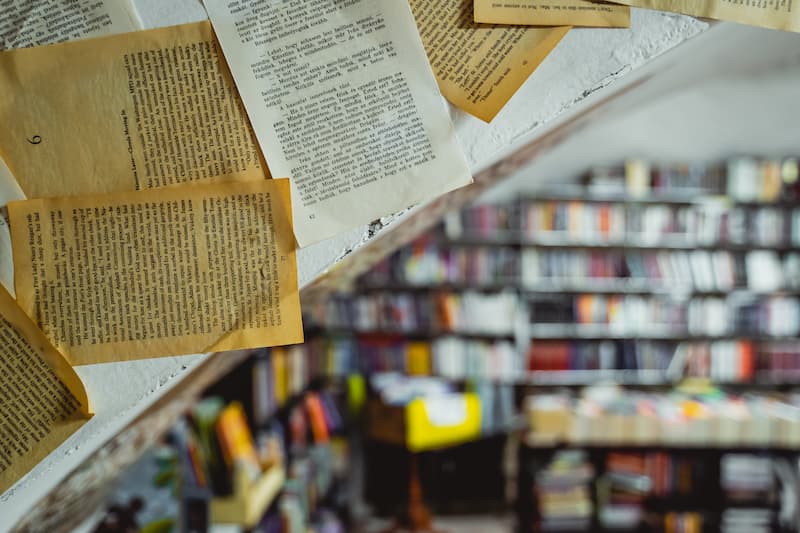
Significance of the City Library Building
Today’s two-storey building in Dunavska Street, at number 1, dates from the second half of the 18th century and was renovated after the Buna (uprising). In 1870 Dr Jovan Subotić set up his printing house, and in 1876 the house was bought by the bookseller and publisher Arsa Pajević. Arsa Pajević was a journalist, bookseller, and philanthropist. He printed almost all of Zmaj’s journals – Starmali (1878-1889), Neven (1880-1889), Javor (1889-1891) and was their patron. In addition, he printed a large number of newspapers and other publications: the liberal newspaper Branik (1885-1914), whose editorial office was also located in this house, Srpski Zion (1891), Istorija Novog Sada (1894) and others.
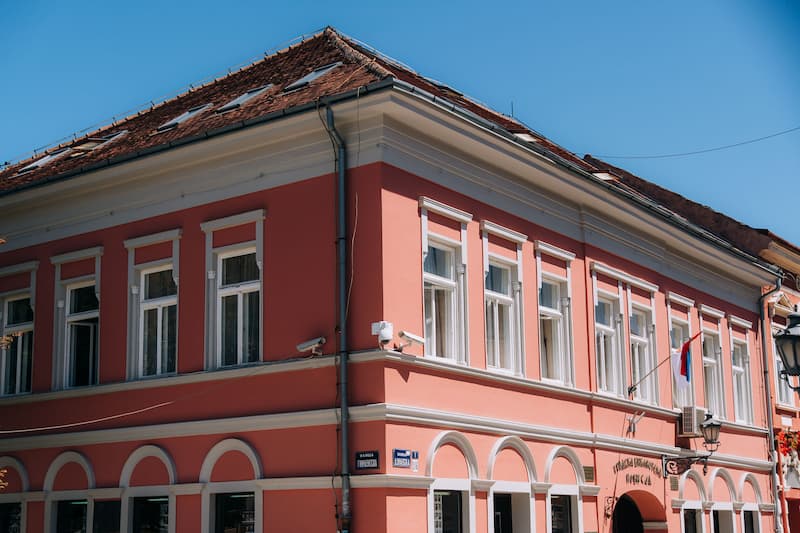
Pajević’s house was a meeting place for writers, cultural and public workers of that time. The greatest Serbian comedian Branislav Nušić also lived in this house, while he was the manager of the Serbian National Theatre. From 1885 upstairs served as the premises of the Serbian Reading Room. The building became public property in 1958, and today it houses the City Library. After the death of Arsa Pajević in 1905, his prestigious bookstore was taken over by Svetozar Ognjanović in 1906. He then moved his bookstore from Sremski Karlovci to Novi Sad. Ognjanović’s opulent bookstore was looted by Hungarians in 1914, burning some collections worth 80,000 crowns. After the war, the bookstore continued to operate.
Newspapers Were Prestige
From 1825 to 1918, 136 papers and magazines were published in Novi Sad in Serbian, 20 in Hungarian, 13 in German, 4 in Slovak and 2 in Bulgarian, for a total of 175 papers and magazines. The circulation of Serbian newspapers was not particularly large. This, on the one hand, can be explained by the fact that in every major place (Sombor, Kikinda, Bečkerek, Pančevo and Vršac) a local weekly was published, and on the other hand, newspapers were expensive – 5 kreutzers or 10 polturas for a number. Therefore, only the wealthier bought newspapers and they were shared from hand to hand to read.
The Role of the Press and Politics in the 19th Century
In the cultural life of the Serbian people during almost the entire 19th century, one thing was very characteristic: not only political, but also literary work was concentrated around political papers, and publicists gave direction not only to public opinion in political and national issues but also the tone of the literature. Entering the second half of the 19th century, the Serbian press in Vojvodina faced a strong reaction, which arose after the suppression of the revolutionary movement in 1848, but also the collapse of Bach’s absolutism and the establishment of constitutional order. The press was gaining an increasingly important role day by day. All political parties tried to acquire this powerful lever of political struggle, as represented by the press, and use it to influence the acquisition of public opinion. The leading newspapers Zastava and Branik had the greatest influence among Serbs on the territory of the dual monarchy.
A Haven for Writers
The Serbian Reading Room, the forerunner of today’s City Library, was the centre of cultural life, a haven for writers, as well as the founder of many important institutions. Under its auspices, the Serbian National Theatre was founded, the oldest professional theatre among Serbs, as well as the First Serbian Singing Society, and for the first time, women’s and men’s members were equal in rights and duties.
Bastion of National Culture
With the relocation of Matica Srpska from Pest in 1864, Novi Sad gained another bastion of national culture. Its primary task was to raise the general cultural level of the Serbian people, mainly through publishing, as evidenced by the existence of the Chronicle. Letopis Matice Srpske is the oldest literary magazine in the world, which has, with short interruptions, been published continuously since its launch in 1824, until today. More than 30 writers and cultural workers edited this magazine: Jovan Hadžić, Jovan Subotić, Jakov Ignjatović, Tihomir Ostojić, Jovan Đorđević, Antonije Tona Hadžić, Milan Savić, Vasa Stajić, Mladen Leskovac, Aleksandar Tišma, Boško Petrović and others. The Library was formed within the Matica, and later the Gallery.
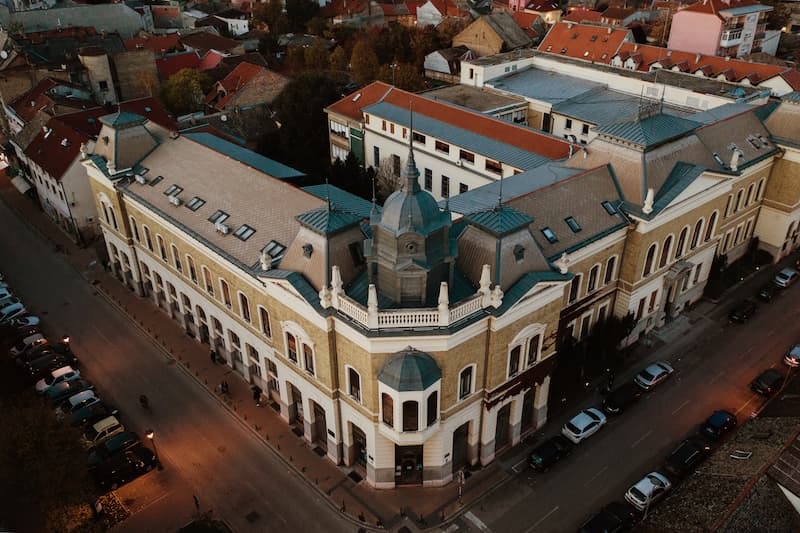
In the constellation of famous writers who worked and created in Novi Sad, the most important are Jovan Hadžić, Milovan Vidaković, Lazar Lazarević, Jovan Subotić, Jakov Ignjatović, Đorđe Rajković, Jovan Đorđević, Mihajlo Polit Desančić, Laza Kostić, Kosta Trifković, Ilija Vučetić, Milan Savić, Ilija Ognjanović Abukazem, Miša Dimitrijević, Jovan Grčić, Jaša Tomić, Tihomir Ostojić, Žarko Vasiljević and many others.
The Famous Novi Sad Residents that Children Still Love Today
Some of the most important poems in Serbian literature of the 19th century were written by the Novi Sad doctor and poet Jovan Jovanović Zmaj. He wrote easily and simply, be it love poetry (‘Đulići’, ‘Đulići uveoci’), poetry for children, a humorous play ‘Šaran’ (Carp) or the poetic legend ‘Vidosava Branković’. He also translated works, especially from Hungarian literature (Sándor Petőfi), German poetry (Goethe, Heine), as well as Easter poetry (‘Eastern Pearl’). He edited the satirical papers Zmaj, Žiža and Starmali, and until his death, he published Neven, the best children’s newspaper of that time.
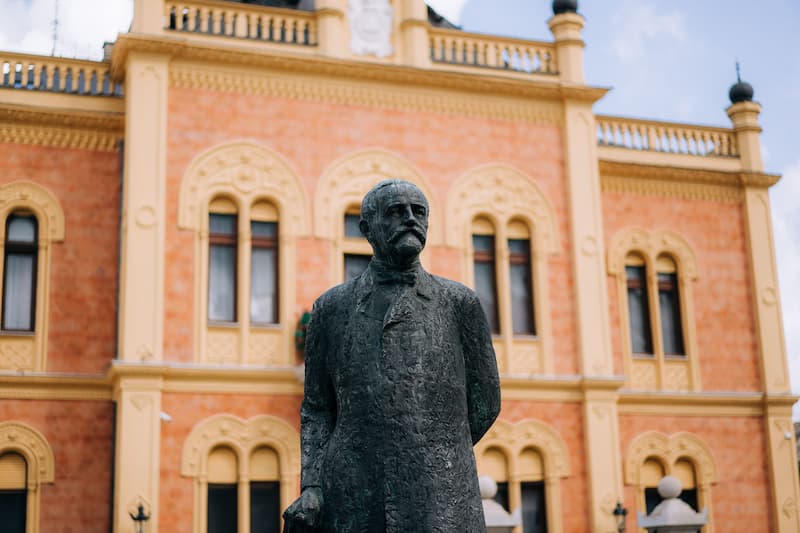
Missionaries of Literature
The cultural mission was also performed by learned women from Novi Sad at that time. The most important among them are Savka Subotić – who successfully promoted Serbian folk fabrics and handicrafts abroad, wrote aphorisms, travelogues, lectures; Mileva Simić – writer and professor, author of the textbook Pedagogy, short stories, educational games for female students; Milica Tomić – writer, magazine editor, public worker; Zorka Lazić – writer of poetry, prose, and articles in magazines; Anica Savić Rebac – one of the most learned women in Serbian literature and culture…
Numerous cultural and literary institutions operated in the Novi Sad area, countless cultural, educational, scientific, and political leaders lived and worked here, and because of their activities they often renounced normal life. The first generations of Serbs were brought up here as European citizens with the mentality of a modern man. Isn’t all this convincing enough to give Novi Sad and its giants an indelible glow?!
Author: Historian Ljiljana Dragosavljević Savin, MSc
Photo: Jelena Ivanović, Vladimir Veličković, Marko Pudić







